
Department of Science and Technology
Philippine Atmospheric, Geophysical and
Astronomical Services Administration
Astronomical Services Administration
Philippine Standard Time
01:47:16 PM
8 August 2025

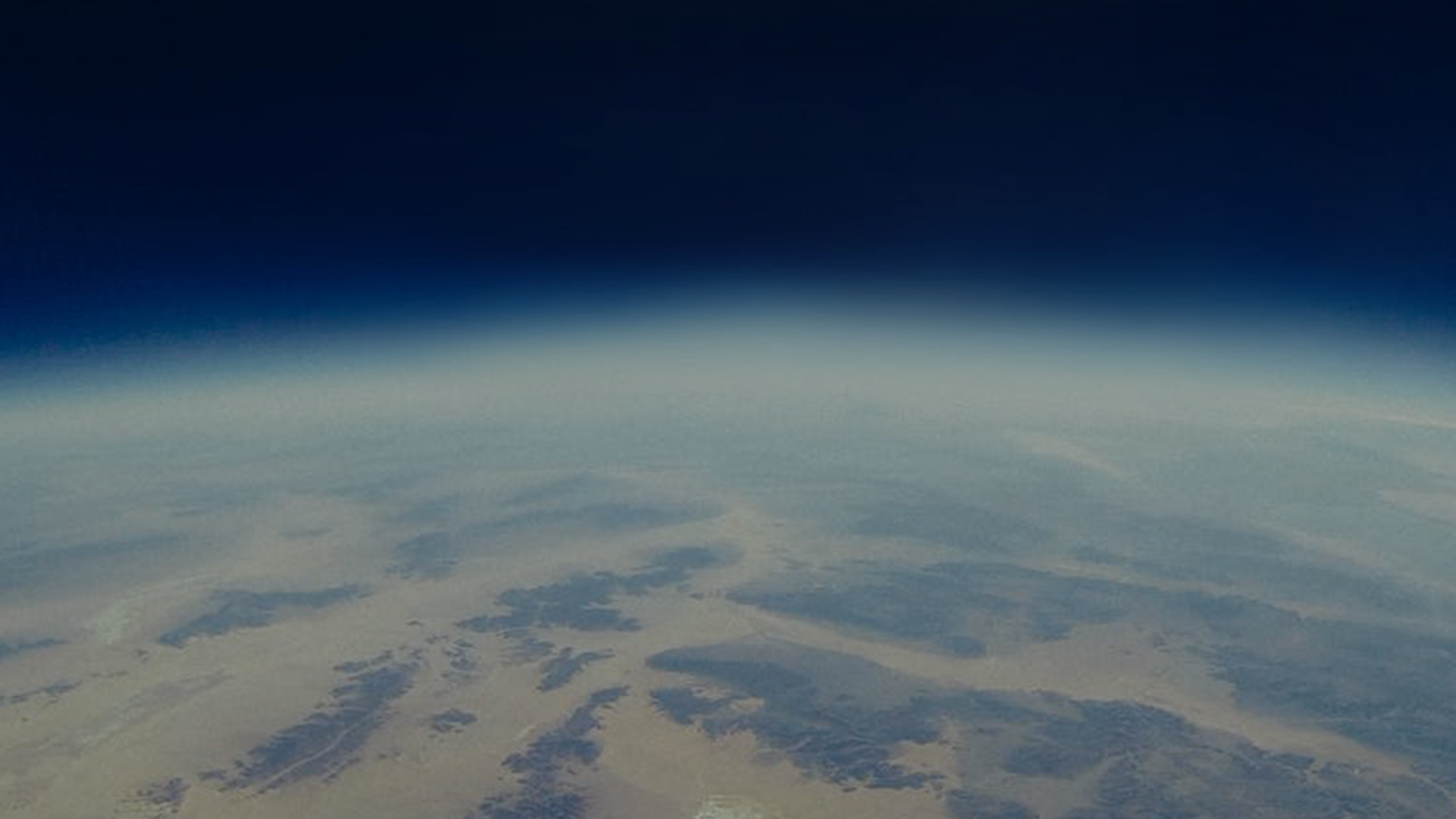
is the science that deals with the earth's atmosphere and its phenomena; specifically that of weather and climate and its effects on the earth's surface, oceans and life in general.
The materials in this web page were compiled and simplified to help our readers gain a better understanding of the information disseminated and services offered by PAGASA for people from all walks of life. On a broader scope, this web page aims to provide its readers insight on the dynamics of the weather which changes on a daily basis and of the climate which changes over a greater period of time.

In forecasting the weather, a Meteorologist must at least know something about the existing weather condition over a large area before he can make a reliable forecast. The accuracy of his forecast depends largely upon his knowledge of the prevailing weather conditions over a very wide area.
Learn more >>
The ABCs of Meteorology
Learn more >>
Water, one of the most common substances known to man has become, through the years, a precious commodity. Paradoxically, it is sometimes excessive abundance of water that spells trouble. Certain phenomena can bring intense and excessive precipitation. Under certain conditions, a surfeit of rainfall results in a potentially disastrous phenomenon- flood.
Learn more >>
A cloud is a visible mass of tiny particles of water or ice, or a mixture of both, suspended in the air. Get to know more about how clouds are formed, and how they are categorized based on distinctive characteristics.
Learn more >>
Giant bodies of air called air masses are always moving and bumping into each other. Cold air and warm air do not mix easily because they have different densities. Instead, a boundary forms between these air masses. This boundary which separates the two air masses is called a front.
Learn more >>
The Typhoon Committee, released a list of 140 tropical cyclone names adopted by its Members for use in the Western North Pacific Ocean and the South China Sea in 1998. These names are to be used by the Typhoon Committee Members, including the Philippines, in issuing bulletins for the international community.
Learn more >>
The Philippines is located in the western part of the North Pacific Ocean. This vast area encompasses many countries in Oceania and the eastern parts of Asia. Tropical cyclones can form over warm waters anywhere within this area. This poses a significant challenge to the forecasters in different countries within this region. To make monitoring easy for the forecasters, this large region of the Pacific Ocean is broken into smaller domains called "areas of responsibilities". Here, forecasters will only have to monitor those TCs that are relevant to their country.
Learn more >>
Effective January 2017, a revised list of names for tropical cyclones within the Philippine Area of Responsibility was commissioned by DOST-PAGASA to replace previous typhoon names that have severely affected the country.
Learn more >>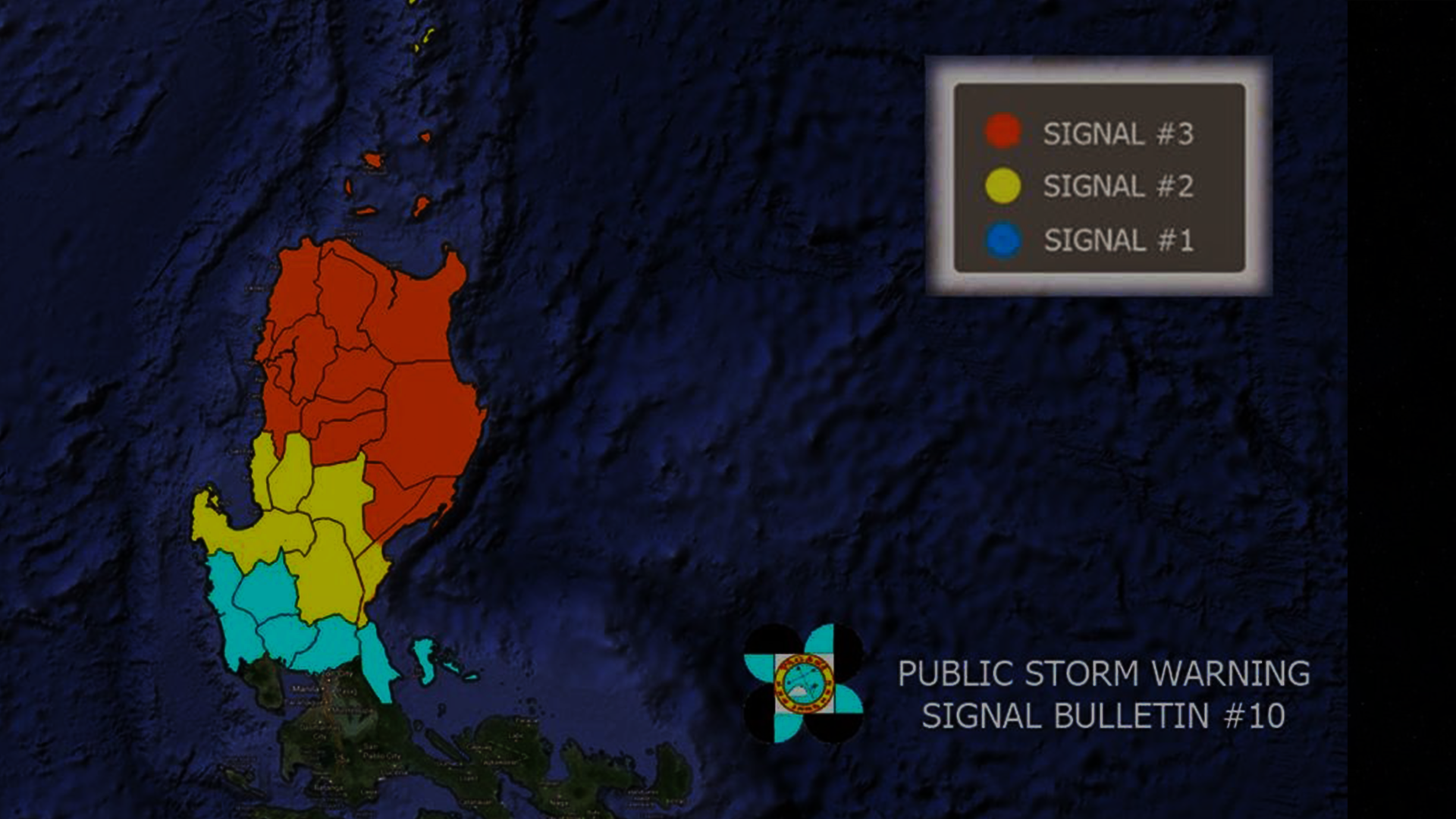
The Philippines is prone to tropical cyclones due to its geographical location, which generally produce heavy rains and flooding of large areas and strong winds which result in heavy casualties to human life and destructions to crops and properties. Thus, it is of utmost importance to have sufficient knowledge on such maritime phenomena for beneficial purposes.
Learn more >>
Various instruments are used in measuring the ever-changing weather parameters for better understanding of our atmospheric conditions.
Learn more >>
The Philippines is prone to tropical cyclones due to its geographical location, which generally produce heavy rains and flooding of large areas and strong winds which result in heavy casualties to human life and destructions to crops and properties. Thus, it is of utmost importance to have sufficient knowledge on such maritime phenomena for beneficial purposes.
Learn more >>
The Climate of the Philippines is tropical and maritime. It is characterized by relatively high temperature, high humidity and abundant rainfall. Temperature, humidity, and rainfall, which are discussed hereunder, are the most important elements of the country's weather and climate.
Learn more >>
Climate change is happening now. Presently, some autonomous adaptation is taking place, but we need to consider a more pro-active adaptation planning in order to ensure sustainable development.
Learn more >>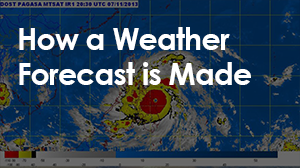

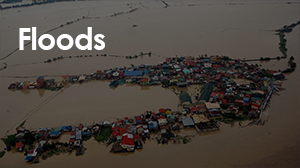


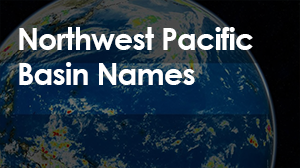
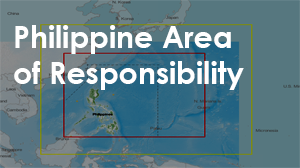
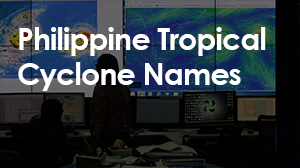
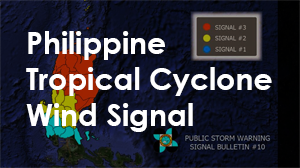
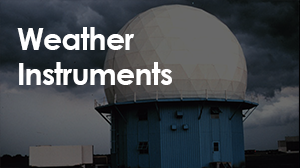
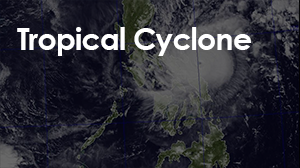
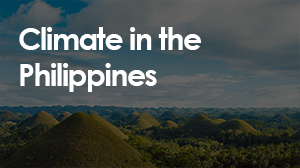
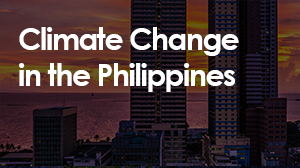
The information and pictures presented here were researched, compiled and simplified from varied resources about meteorology; such as books, publications and internet sources, among them.